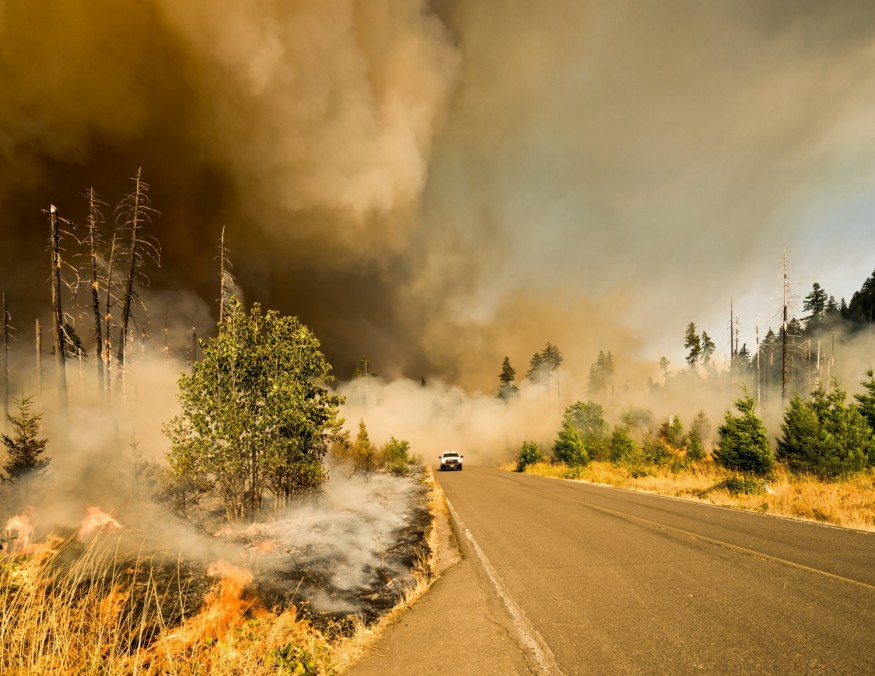The Los Alamos National Laboratory research team resolves the discrepancy between observations of the amount of light absorbed by black carbon in smoke and the amount predicted by earth system models. This research would allow for more precise predictions of global climate change. The study was published in the Geophysical Research Letters.

Uncertainty in the Climate Model on Black Carbon's Radiation Absorption
The soot from cars, power plants, homes' heating systems, and wildfires heats the atmosphere because it is a potent solar radiation absorber. However, its impact on climate models is still highly uncertain because of how it co-exists with other types of particles in the atmosphere. Yet the research removes that uncertainty.
That uncertainty is caused by a lack of knowledge about how black carbon's light reflecting and absorbing characteristics change over time as it undergoes complex chemical reactions in the constantly changing atmospheric conditions caused by wildfire smoke. The plume may remain in the upper atmosphere for several months.
Organic aerosols develop and condense around the black carbon particles during their evolution. Some aerosols focus light on the black carbon, boosting its absorption. Yet, the amount of light absorbed varies depending on the aerosols' size and how they coat the soot.
According to Manvendra Dubey, CAFÉ director and principal project investigator at Los Alamos, existing climate models idealize the mixing state of smoke. The models overestimate the amount of radiation absorbed by black carbon because they don't consider the variation in organic coatings. It leads to large uncertainties and biases in wildfire climate effects.
Depending on the makeup of the smoke mixture, wildfires release soot and organic particles that absorb and disperse the sunlight to warm or cool the atmosphere. The mixing evolves as smoke from large megafires spreads worldwide. "We discovered a systematic relationship between the increase in light absorption efficiency of soot with age due to the growth in organic coatings," Dubey said.
Black Carbon Research Findings
To get accurate data, the team collected smoke samples from several wildfires in the Western United States over the course of two summers using the multi-instrument laboratory Center for Aerosol-gas Forensic Experiments (CAFÉ) at Los Alamos, including the Medio Fire in nearby New Mexico in 2020 and older plumes from California and Arizona.
Sixty million smoke particles were collected and examined by the Los Alamos team from CAFÉ's 10-meter sampling tower. They could fill in the gap left by earlier models by using this observational approach to account for differences in the amount of organic coating on each particle.
The scientists calculated the amount of light energy each particle absorbed using the empirical data acquired by CAFÉ and then utilized known absorption models to determine the overall amount of black carbon absorbed by the plumes.
While modeling based on the idealized black carbon particles has failed to match observations, their results matched independent measurements of smoke quality done in parallel.
In order to include their validated parameterizations into the Department of Energy's Energy Exascale Earth System Model, or E3SM, the CAFÉ team is currently working with colleagues at Pacific Northwest National Laboratory. This will enable a more accurate assessment of wildfire climate forcing and feedback. Dubey said efforts are being made to include it in climate models to offer accurate estimates of the heat caused by wildfire soot, particularly in the Arctic, which is warming four times faster than other parts of the world.
Check out more news and information on Environment in Science Times.
© 2026 ScienceTimes.com All rights reserved. Do not reproduce without permission. The window to the world of Science Times.











